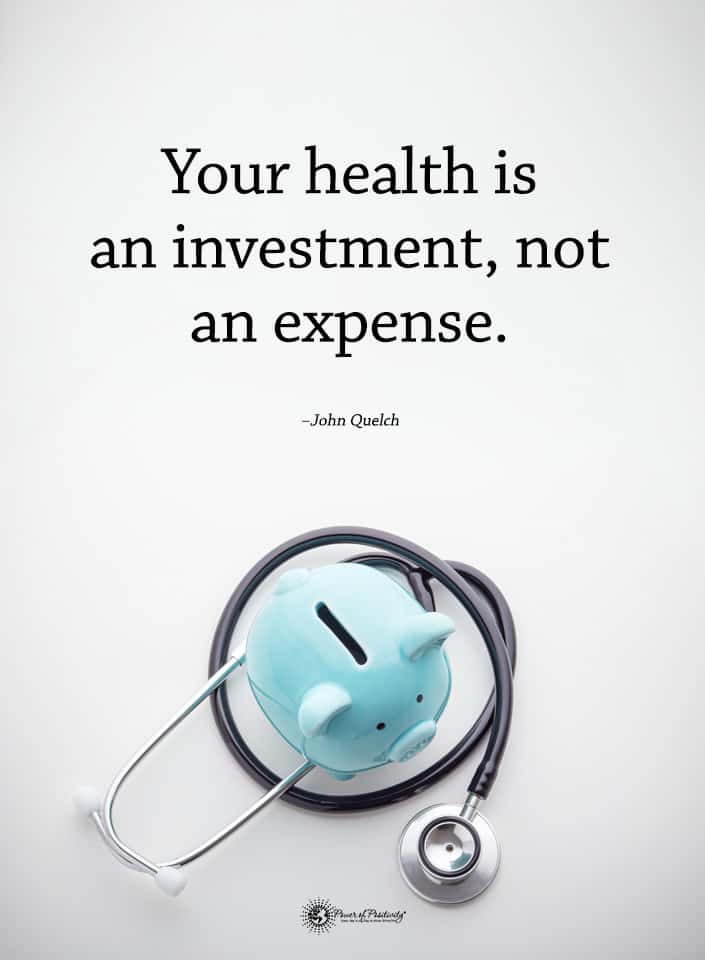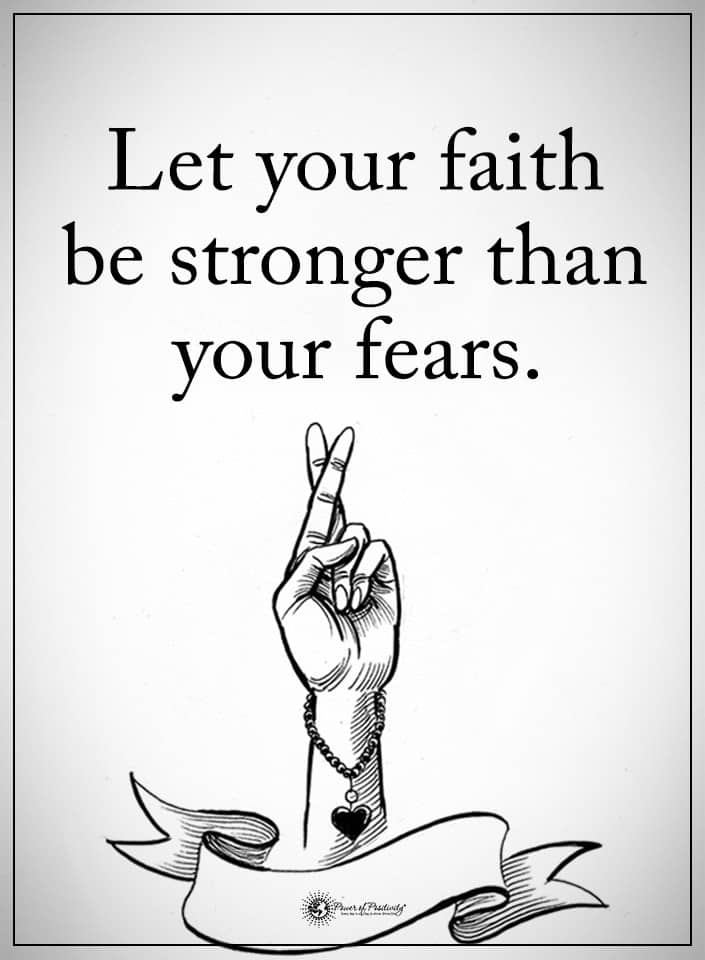When you notice something abnormal on your body, it’s easy to dismiss it and assume it’ll go away on its own. However, it’s essential to your health that you address each indication of something being amiss immediately. Ignoring issues with your body could cause you to miss some of the signs of breast cancer.
Breast Cancer is the second-highest killer of women worldwide and the most commonly diagnosed cancer in women. An eighth of all women in the USA will develop it throughout their life, with almost a quarter of a million new cases last year alone. With that being the case, ignoring the signs could be deadly.
Aside from lung cancer, breast cancer kills more women than any other cancer. Women over the age of fifty are more at risk, but 5% of cases occur in women under 40.
Men are not exempt from breast cancer either, but it only affects about one in 833 men in the United States. With women having a much higher risk, women must know the warning signs and have information regarding early detection and survival rates.
Seven Warning Signs of Breast Cancer
If you recognize the warning signs of cancer in yourself, don’t panic before getting medical guidance. These symptoms are merely a guide to help you understand when something might be amiss with your health.
1. Lumps in Your Breasts
Breast tissue is naturally bumpy, but harder lumps or ones different from the rest are signs. Likewise, if the area feels other than before, it could indicate cancer. If you notice any change, see a health care provider right away.
It could be a benign breast condition, or it could be a sign of cancer. You don’t want to ignore the change and risk worsening conditions.
2. Redness or a Rash
Abnormal redness or having a rash on your breast or around the nipple is a red flag. If it goes away quickly, there’s likely no cause for concern. However, if it remains, you’ll want to consult your doctor.
3. Nipple Discharge can Indicate Breast Cancer
Discharge from your nipple can occur in any color, and it’ll come out without squeezing or pressing. It isn’t always a sign of cancer, but it can be, so get it checked out right away.
Either way, nipple discharge is abnormal, and you should address the underlying cause. If you notice discharge without squeezing, it occurs in only one breast, or it is bloody or clear, see a medical professional immediately.
4. Swelling in the Armpit or Around the Collarbone
You might notice a lump in your armpit or around the collarbone rather than in your breast. The breast tissue extends to both areas, so don’t ignore them when checking for abnormalities. If cancer is present, it indicates that it has spread to the lymph nodes.
Rather than a lump, you might also notice swelling in those areas. If that’s the case, you should still seek medical care, as swelling sometimes occurs before a lump develops.
5. Change in Size and Skin Texture
Changes in the size of your breast could be the result of hormonal shifts. However, if it isn’t normal for you, don’t hesitate to seek a medical opinion.
Additionally, if the appearance of your skin has changed in some way, you will want to see a doctor. It might resemble the texture of an orange peel, or it could dimple instead.
6. An Inverted Nipple
A nipple that pulls inward is called an inverted nipple. While all nipples are different, and some are naturally inverted, it’s worth seeking a medical opinion to be safe. If yours wasn’t inverted before, but suddenly changed, you’ll want to make an appointment right away.
7. Constant Pain Could Reveal Breast Cancer
Cancer lumps are often painless, but they could result in a dull ache in the affected area. Hormonal shifts or a poorly fitting bra can cause breast discomfort, too, but if that’s not the case for you, call your doctor right away.
Sometimes you won’t experience pain, but you’ll notice a weird sensation. It might feel like tenderness or a prickly feeling, too.
12 Risk Factors That Increase the Odds of Breast Cancer
Some risk factors that increase your odds of breast cancer cannot be changed. You can change some aspects, though, and focus on implementing healthier habits to decrease your risk.
1. Getting Older Can Increase the Chance of Breast Cancer
You can’t control aging, but your risk of developing this kind of cancer increases as you get older. Your chance of developing the disease is higher for women over fifty. It is less common in younger women, but it can still occur.
2. Genetic Mutations
Some women inherit gene mutations like BRCA1 and BRCA2. These mutations cause cell-cycle dysregulation, abnormal duplication, genetic instability, and other issues. Women with these genetic mutations have a higher risk of developing breast and ovarian cancer.
3. Age When Menstrual Cycles Started or Stopped
Girls who start their menstrual cycles before twelve are more likely to develop cancer when they’re older. Additionally, women who start menopause after 55 have an increased risk because they were exposed to hormones longer.
4. Dense Breasts
Some women have dense breasts, meaning more connective tissue than fatty tissue. When this is the case, it makes them more susceptible to getting cancer. Dense breasts make it harder to detect tumors on a mammogram, too.
5. Personal History of Cancer or Other Breast Diseases
Women who have already had breast cancer are more likely to get it again. A re-occurrence typically happens within two years of the first. Additionally, women with non-cancerous breast diseases are more likely to develop cancer.
6. Family History Can Increase Breast Cancer Risks
Having a family first-degree relative with breast or ovarian cancer increases your risk. A first-degree relative is a mother, sister, or daughter, but it could also be a father, brother, or son. However, if a woman has multiple people on their mother or father’s side of the family who have had cancer, it also increases their risk.
7. Previous Radiation Therapy Treatment
Radiation therapy treats certain cancers and other diseases, but it can also increase your risk of developing breast cancer. If the treatment occurred near the chest or breast before the woman was 30, their risk increases.
8. Exposure to DES
Diethylstilbestrol (DES) external icon was a drug used between 1940 and 1971. It was used to prevent miscarriage but was later determined to increase a woman’s cancer risk. The pregnant mothers who took it have increased risk, but their daughters also do.
9. Lack of Physical Activity Can Make a Woman More Likely to Have Breast Cancer
Those who aren’t active have an increased risk of getting breast cancer. Inactivity means you do less than 150 minutes of moderate exercise each week, and experts recommend daily activity. You don’t have to participate in sports or exercise as long as you move in a way that makes you slightly out of breath.
10. Being Overweight or Obese After Menopause
Older women who are overweight or obese have an increased risk of cancer. The risk continues to grow if more weight gain occurs, too. You can make a beneficial change by eating healthy and being physically active.
11. Hormone Replacement and Contraceptives
Taking hormones, including estrogen and progesterone, during menopause increases your risk. Short-term hormone replacement therapy doesn’t seem to cause issues but taking it for five or more years does.
Additionally, some birth control pills raise the risk, too. The risk doesn’t go back to normal until ten years after you stop taking the contraceptive pill. Because the majority of the women who take these pills are young, the risk normalizes before their age becomes a risk factor.
12. Reproductive History
If your first pregnancy occurs after you’re 30, you have a higher risk of developing cancer. Additionally, never breastfeeding or having a full-term pregnancy can also increase the risk.
13. Frequently Drinking Alcohol
Women who drink more alcohol have a higher risk of cancer. The more she drinks, the higher her risk becomes. Limit your alcohol intake to decrease your cancer risk.
Early Detection and Increased Breast Cancer Survival Rates
In the beginning stages of the disease, you might not notice any symptoms. Sometimes the signs are absent altogether, or they are so minimal that a woman doesn’t pay much attention. However, early detection leads to increased survival rates.
If you notice any signs of breast cancer, you must see a doctor right away. The presence of symptoms shows that the disease is actively developing.
Research shows a 90% survival rate when the cancer is diagnosed and treated during the first stage. If treatment doesn’t begin until the third stage, the survival rate decreases to only 40%. Early detection is essential, so monitor your body for the signs of cancer.
You can increase your chances of detecting cancer early by performing self-examinations each month. Try to do the self-exams during the first phase of your menstrual cycle each month. Additionally, regular check-ups with a gynecologist and mammologist are essential.
Final Thoughts on Knowing the Signs of Breast Cancer
Breast cancer is a scary disease, and early detection is essential for increased survival rates. Monitor your body for the signs of cancer, and don’t hesitate to see a doctor right away.
The sooner treatment begins, the sooner you can get healthy again. Knowing the risk factors can help you with an early diagnosis, too, as you’ll be on full alert.



















